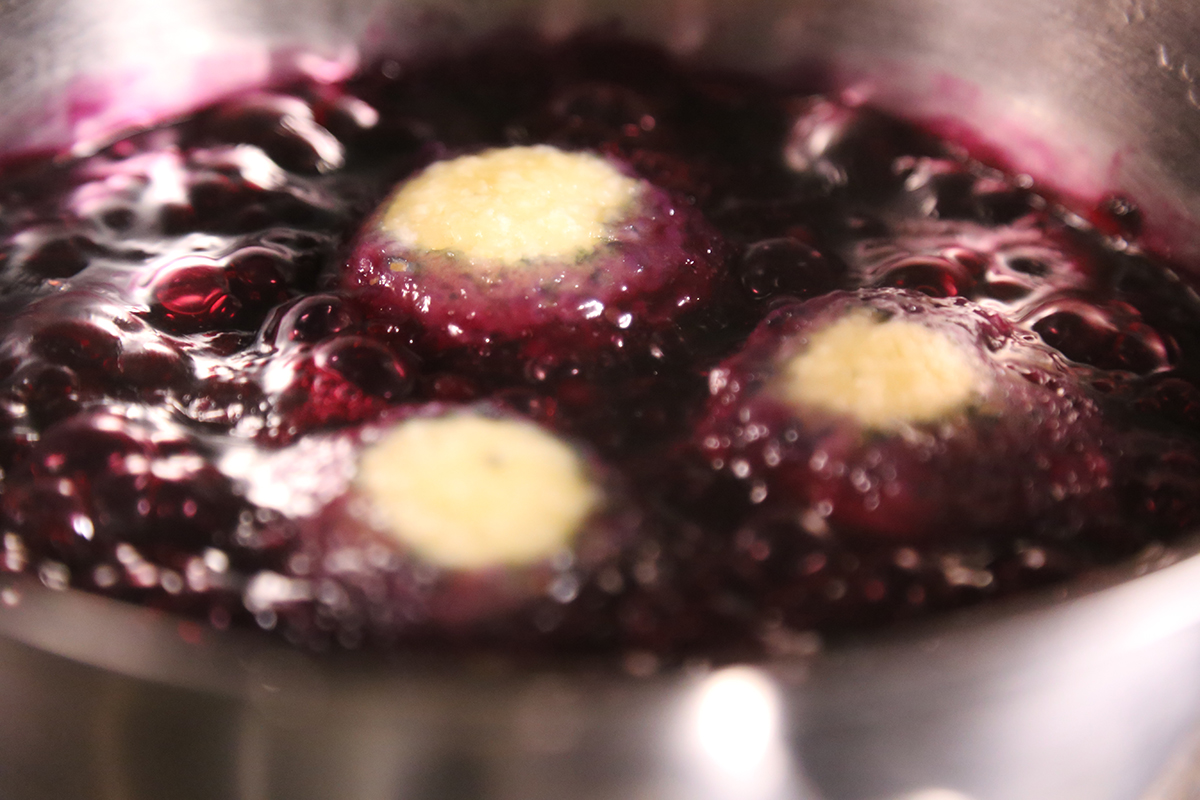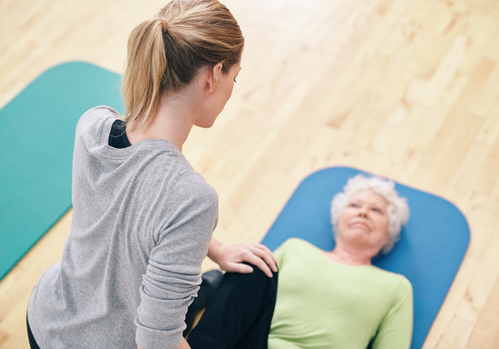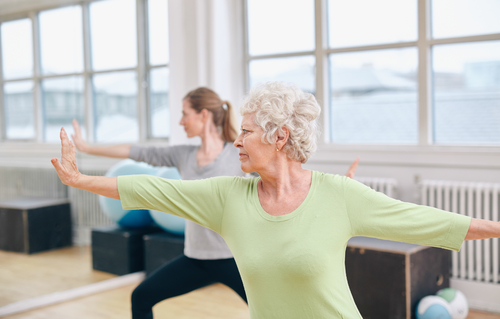The Naturopathic Chef: Blueberry Dumplings with Warm Blueberry Compote
This was one of my dad’s favorite recipes. We used to enjoy it on Sunday, as a special brunch treat. Strawberries and blackberries work well, too. The dumplings are light, with the tang of cheesecake, from the buttermilk…







 Movement is one of the keys to preventing any disease, and encouraging at least three 30-minute sessions per week should be imperative. As diets, exercise regimes should be tailored to a patient’s needs and preferences. Instead of being made a chore, regular exercise should be an enjoyment and a clear avenue to improved overall health.
Movement is one of the keys to preventing any disease, and encouraging at least three 30-minute sessions per week should be imperative. As diets, exercise regimes should be tailored to a patient’s needs and preferences. Instead of being made a chore, regular exercise should be an enjoyment and a clear avenue to improved overall health.
 I am honored that she reached out to me. I am still in “ahh”, by the whole experience. Often stroke survivors and their caregivers do not find the help needed to further their recovery after physical therapy ends. Unfortunately, some survivors do not even get good physical therapy in the crucial, early stages in recovery, when it is essentially needed. She shared with me some not so good experiences she and her husband had faced, like many others I have spoken with.
I am honored that she reached out to me. I am still in “ahh”, by the whole experience. Often stroke survivors and their caregivers do not find the help needed to further their recovery after physical therapy ends. Unfortunately, some survivors do not even get good physical therapy in the crucial, early stages in recovery, when it is essentially needed. She shared with me some not so good experiences she and her husband had faced, like many others I have spoken with.